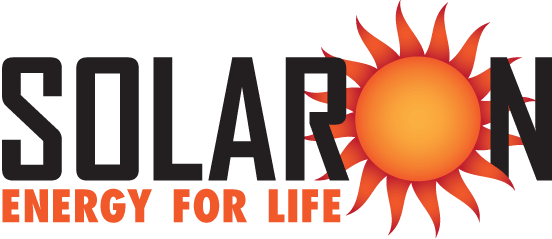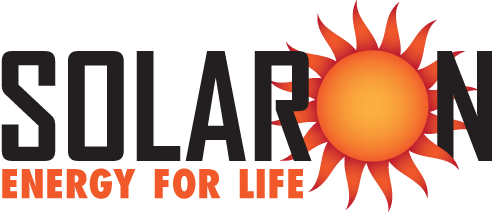
In March of 2021, the Solar Energy Industries Association (SEIA) released the US Solar Market Insight Report for 2020. Many people in the industry held their breath, expecting the numbers to be significantly reduced due to pandemic complications. To the surprise of many, the solar industry not only showed incredible success and growth during 2020, but they overtook many previous records in doing so.
- The US solar market installed 19.2 gigawatts of solar capacity – a 43% increase over 2019.
- The 4th quarter of 2020 alone produced 8 gigawatts of solar capacity, a 22% increase over the previous record held by the 4th quarter of 2016.
- Of all the new sources for generating electricity built in 2020, solar energy accounted for 43% of them — the largest share of generating capacity that solar power has ever claimed.
- The solar market finished enough solar installations (including ones that were initiated in 2019, but not online until 2020) to produce 8 gigawatts of solar photovoltaics. That’s a 32% increase over finished installations in 2019.
- Utility solar installations had the largest quarter on record with 65% more annual capacity additions than in 2019.
- For the 3rd year in a row, California was number 1 in solar installation rankings, with over 3,900 new installations across the state.
- In the residential district alone, over 3,000 megawatts of photovoltaic systems were installed in 2020, making it 11% higher than 2019, and the largest year on record.
Commercial Solar Installations
The only segment that did not set records in 2020 was non-residential solar. Due to administrative backlogs of installation projects, 2020 ended slightly lower than 2019. Nevertheless, the 4th quarter increased in finished projects at 73% over the 3rd quarter. Unfortunately, government programs for commercial solar programs are facing reductions, dwindling significantly in 2022 and 2023. This trend may very well be counteracted by further incentive programs and lowering costs for solar. The SEIA report indicates that growth in this sector is still feasible for the latter half of the decade.
Utility Photovoltaics
Many individuals (including us here at Solaron) love to see photovoltaic numbers increase when it comes to utilities. It means less fossil fuels used, less greenhouse gas in the air, and more clean energy for California, plus greater acceptance of solar power in general. Thankfully, the utility sector installed the most solar capacity for a single year during 2020: 6.3 gigawatts! In fact, the 4th quarter of 2020 saw more photovoltaic capacity installed than during the entire year of 2018! What’s more, current estimates indicate that 2021 is likely to beat this record all over again! Additions or expansions to existing installations increased relative capacities by nearly 14 gigawatts — another record for solar electricity production.
Possible Concerns for Photovoltaic Growth
Despite all this growth and promise for the future of solar systems for Americans and Californians, there are a few concerns. Even though the current American administration continues to show interest in promoting renewable energy sources like solar energy, tax equity issues continue to tighten. Basically, red tape might start getting in the way, causing delays or cancellations. That’s why it’s important to have Solaron on your side. We keep close watch on such issues, making sure you get the best programs, incentives, and deals for your SunPower solar system built by Maxeon. We get past the red tape, so you don’t get tied up in it.
Another concern is solar product imports from China, possible bans on such imports, and other limitations to manufactured parts. Thankfully, Maxeon uses their existing facilities in Malaysia and Mexico to produce their high-end solar systems. Even if there are tariffs or bans on products from China, it will not affect production for Maxeon, SunPower, or Solaron. That means you still get the best solar system on the market with the best inclusive 25-yer warranty without any concerns of production delays.
In the next article, we will discuss how prices for photovoltaic systems fared nationally through 2019 and 2020. In the meantime, use our form here on our website to schedule a free solar analysis for your home or business, or give us a call with any questions you might have about solar systems in your future.

